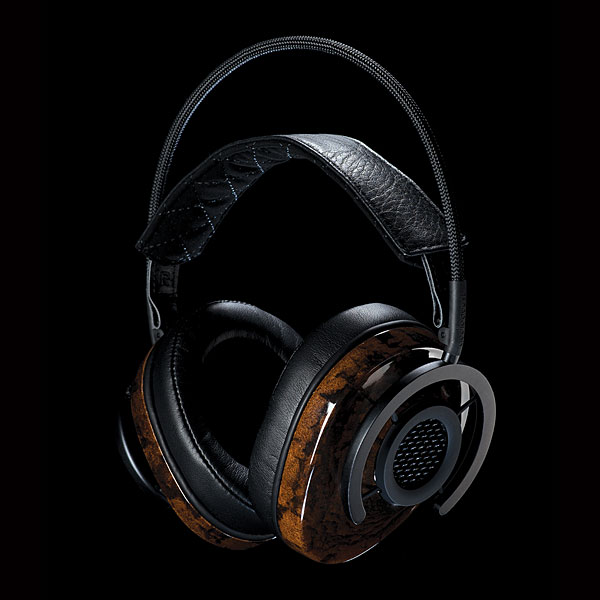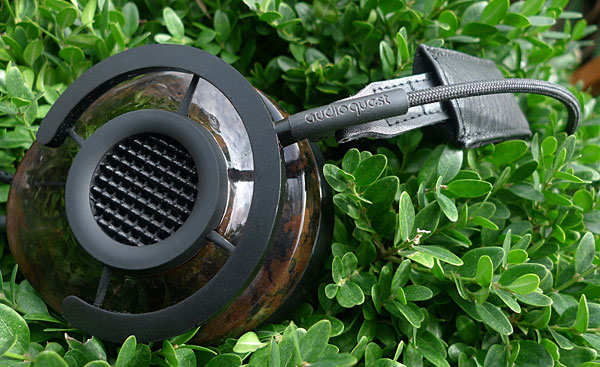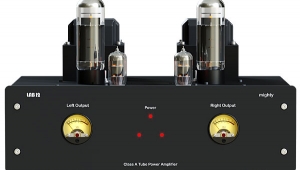| Columns Retired Columns & Blogs |
Dear Herb and Stereophile:
I share Herb's initial impression with the AQ NightHawk. When I carefully auditioned the NightHawk shortly after it arrived at my local dealer, it sounded overly-warm, congested, lacking highs, and kind of hollow sounding. Definitely not a 'phone I'd want to own or recommend to anyone. However, I obviously did not get to audition the Hawk again after hundreds of hours of playing time. If there's such a drastic different after break-in, however, it would most definitely show up in a measured frequency response. Therefore, Stereophile, I beg thee: PLEASE PLEASE measure a broken-in pair of NightHawks and a freshly-out-of-the-box pair, and publish the response plots. I'd like to see what's actually happening after "break-in." I'm sure many readers would be interested also.
Thanks!
Ryan








































